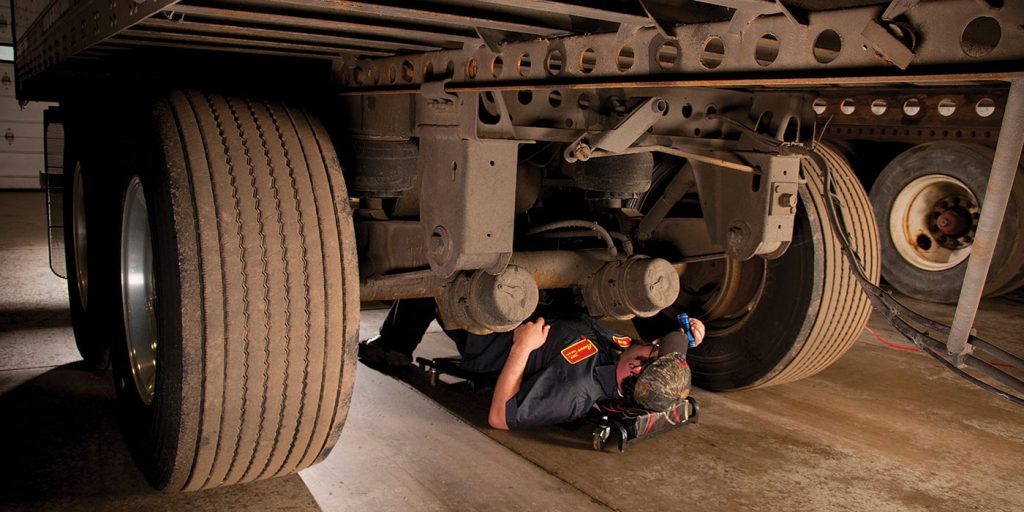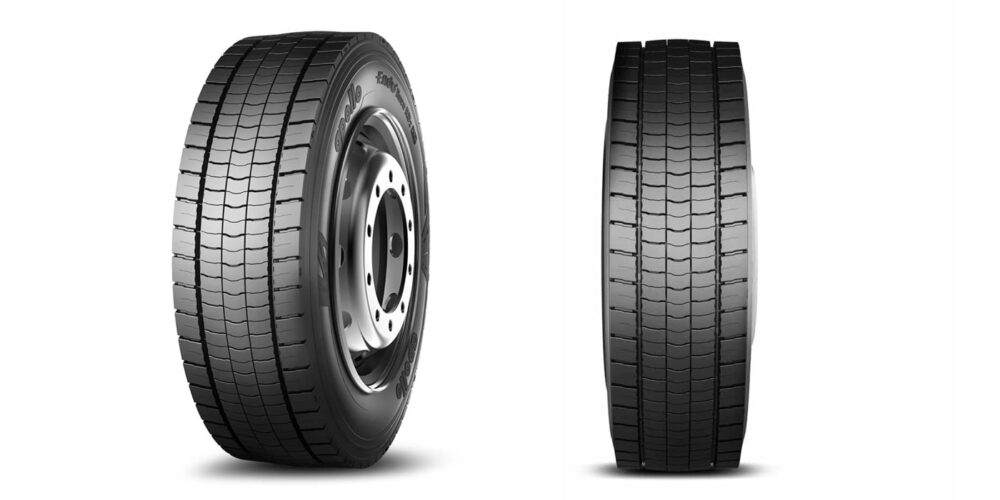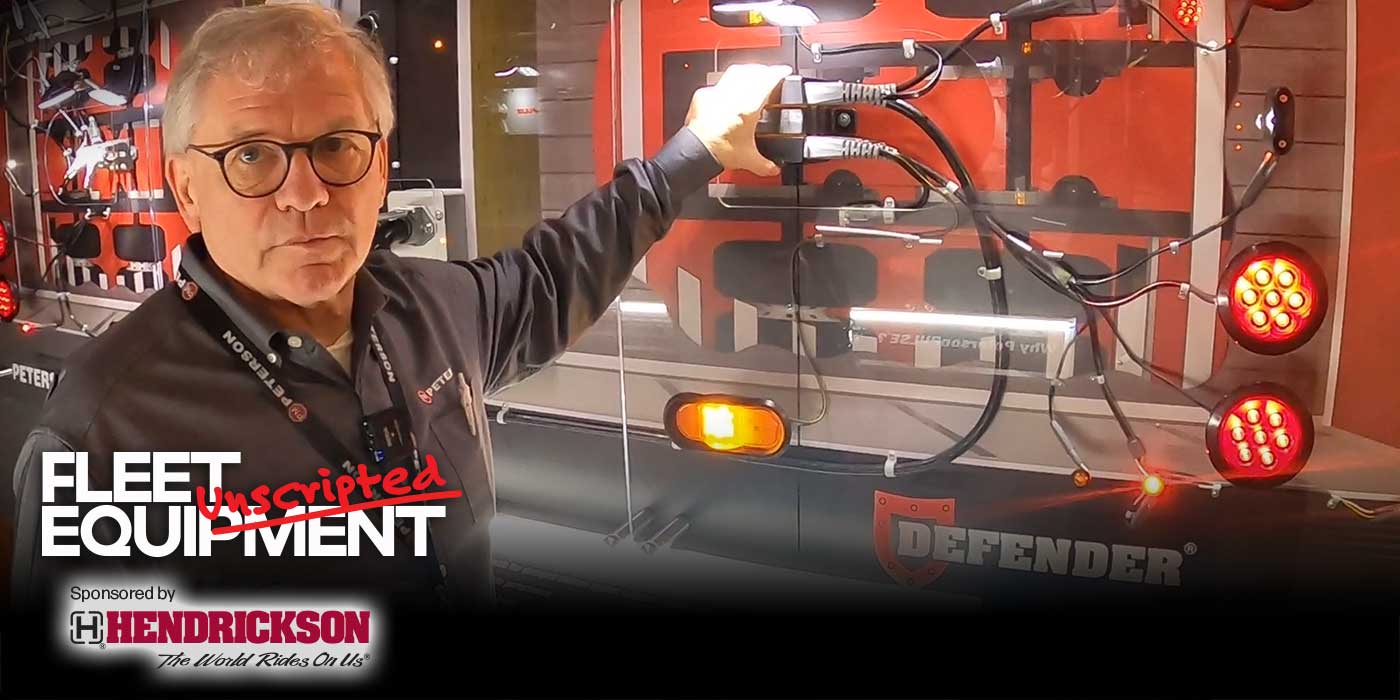The quick answer is: Specifically what your suspension manufacturer says it is in its specs.
The reason?
“An air spring’s performance is measured in what is known as its ‘spring rate,’ said Chuck Boden, technical support specialist, Link Mfg. “The spring rate is indicative of how the spring reacts under load at a specific ride height and air springs are designed to perform optimally at a specific ride height.”
Every manufacturer is going to tune its suspension differently due to different spring rates. Adam Kuiken, validation engineering and warranty manager, Reyco Granning, doubled down on that:
“Deviating from factory specifications will negatively impact performance, ride, handling and durability,” he said.
“Adjusting the vehicle’s ride height for convenience, comfort or setting for dock height will induce possible driveline vibrations, hinder suspension performance, and cause early u-joint or early pinion bearing failures,” said Tyler Bernens, senior suspension product manager, Meritor. A setting that is too high is hard on the shock absorbers due to excessive travel. A setting that is too low will cause loss of ride comfort when the suspension comes into frequent contact with the axle stops.”
How do you know if your ride height is wrong?
Your driver is going to feel it.
“If 8 in. is the manufacturer’s specified ride height and the vehicle is running at 10 in., the ride is going to be very stiff, and if it’s running at 6 in., it’s going to be very mushy,” Link Mfg.’s Boden said. “If you think of it as a bell curve, the ride quality peaks when the air spring’s inflation, and thus its ride height, is set at the manufacturer’s specified level.”
Hopefully your driver will catch it before then. “The driver should also visually verify that the ride height is correct during his daily vehicle pre-trip inspection,” Hendrickson’s Melanie Elliott, marketing manager, and John Knutson, technical services manager, noted.
“Physical measurements for proper ride height setting should be done on an annual or every 100K-mile schedule,” added Bill Hicks, SAF product manager, SAF-Holland. “The ride height should also be physically checked within the first three months or 5,000 miles of a new vehicle entering into service.”
Here’s what you’re looking for when you do the inspections, courtesy of Recyo Granning’s Kuiken.
Too high
- Driveline vibrations can arise due to poor angulation of the driveshaft U-joints on drive suspensions.
- Increased tire wear on all suspensions, and increased steering effort on steer suspensions.
- Strike through of the suspension, leading to large impact loads being input into the vehicle chassis which results in damage of the shocks, frame, springs and bump stops.
Too low
The same first two bullet points as above, as well as:
- Full extension during rebound events can cause damage to shocks and springs.
- The increased vehicle profile will lead to a reduction in fuel economy.
- Ride will also be negatively impacted leading to increased driver fatigue and possible cargo damage.
For more heavy-duty truck suspension maintenance musts, click here for a leaf and spring suspension overview.














